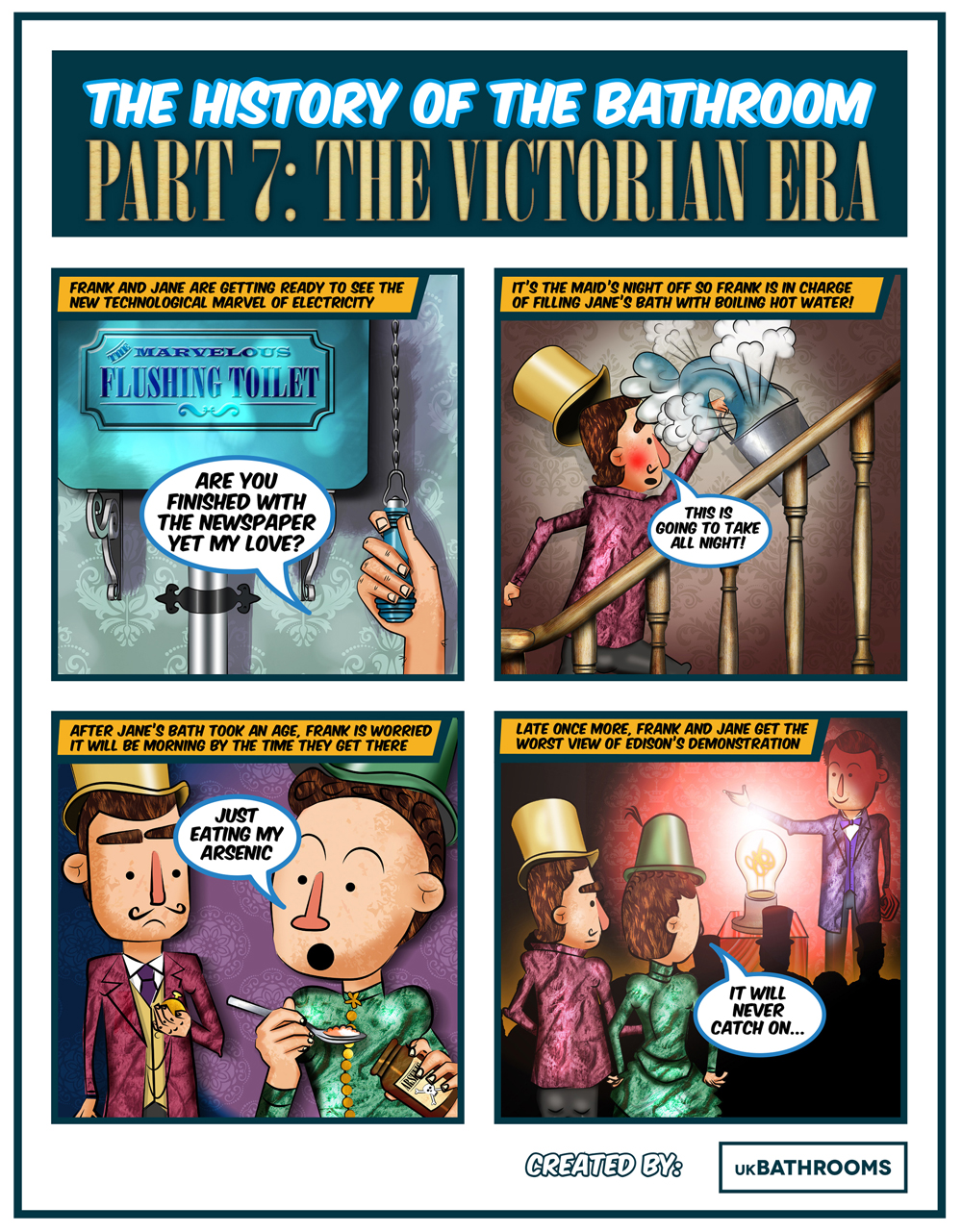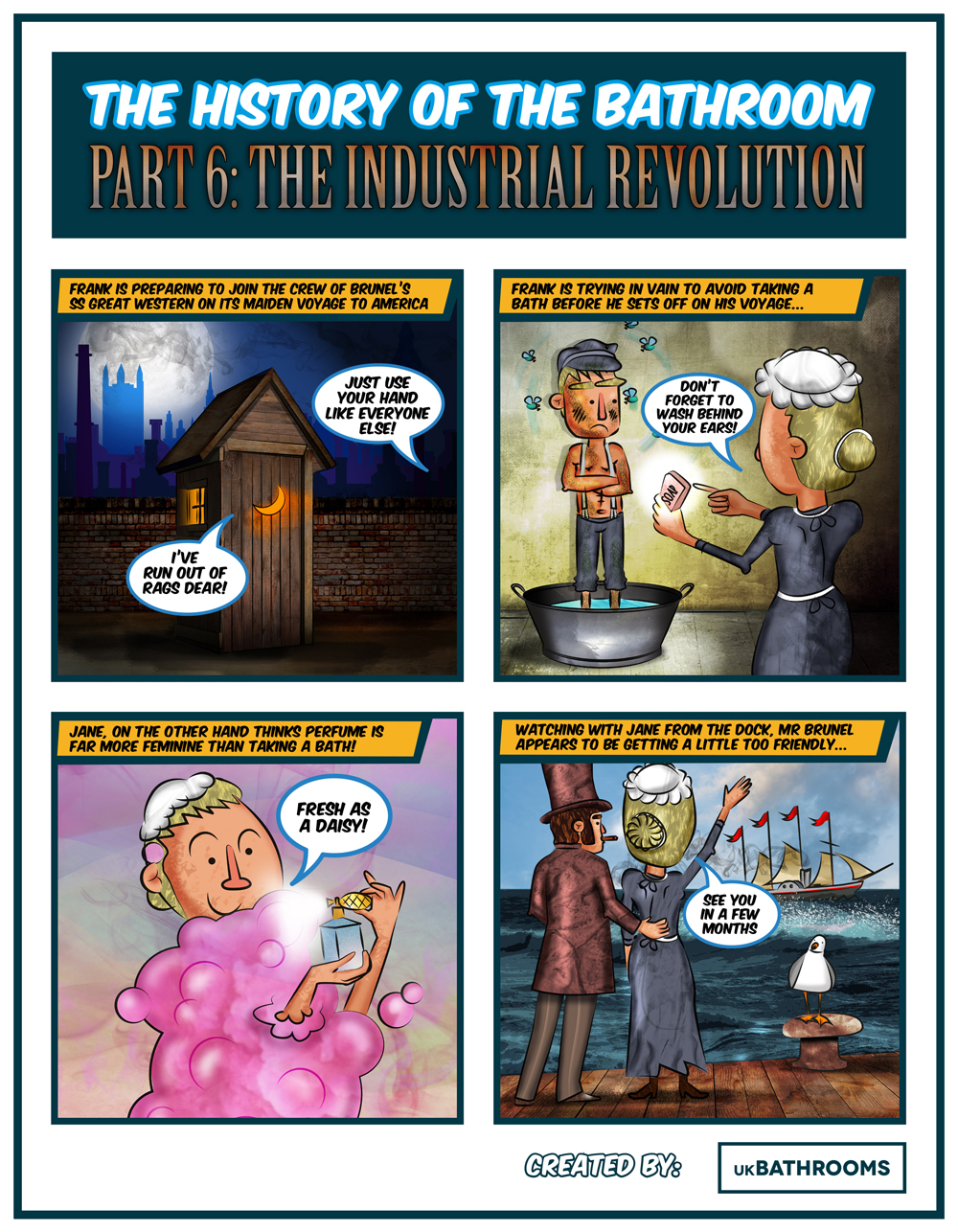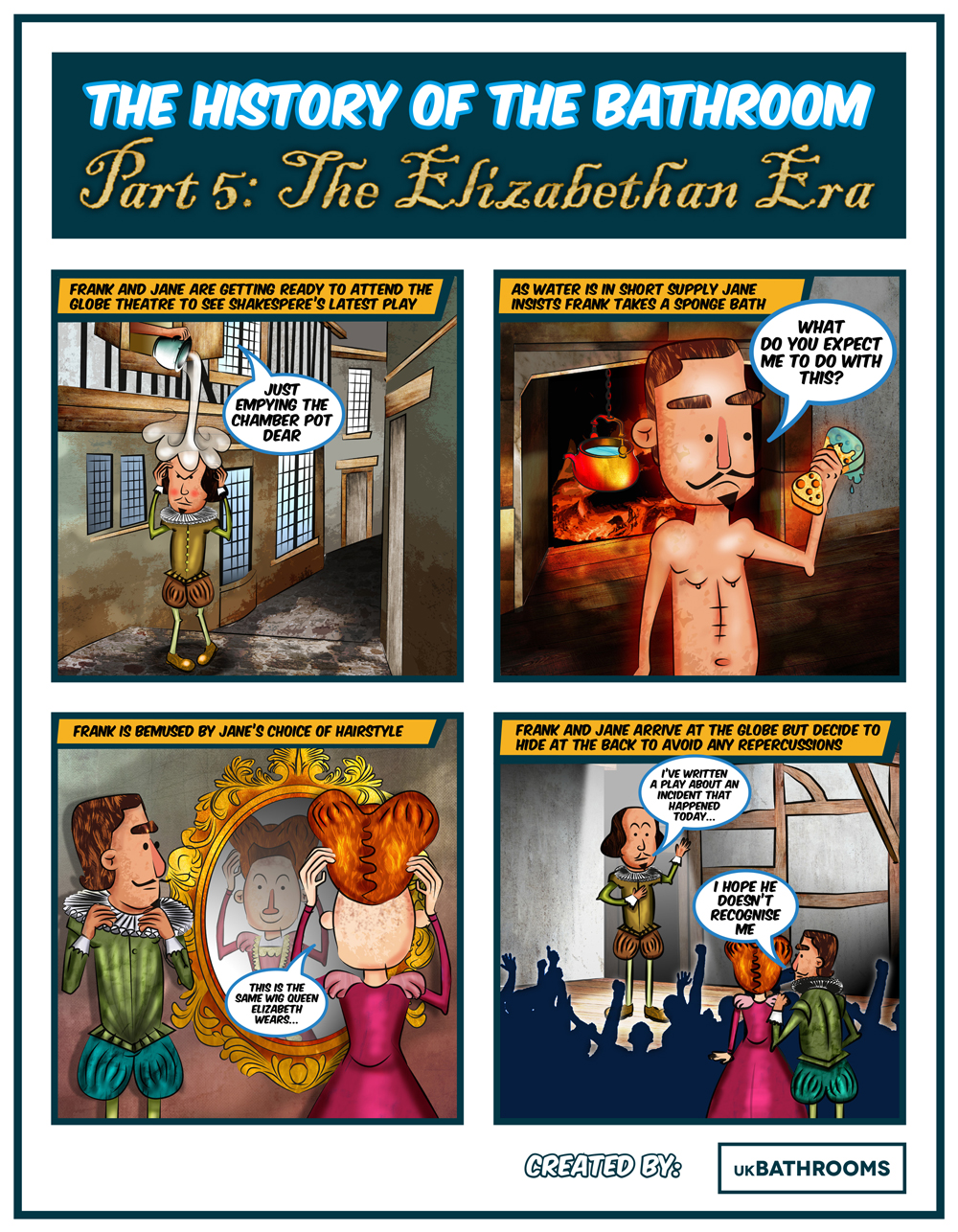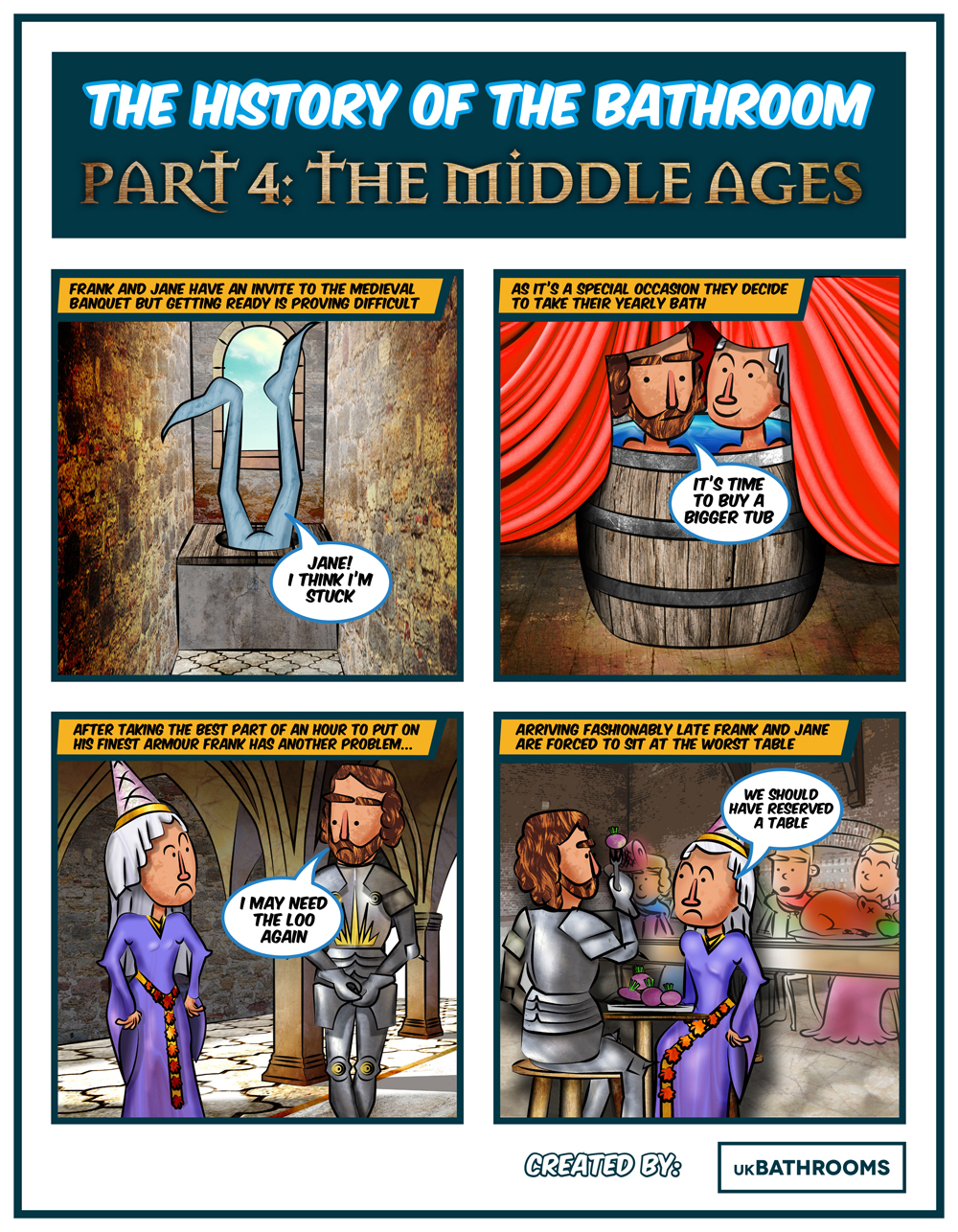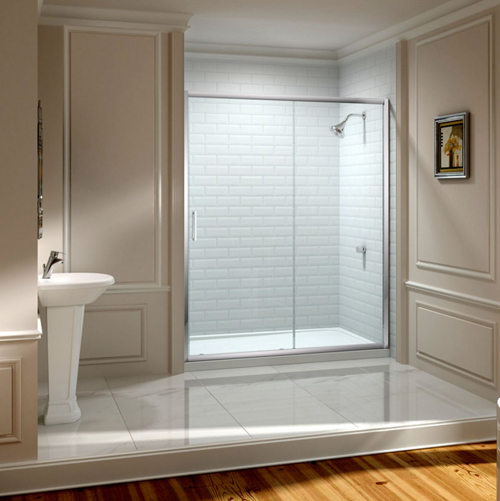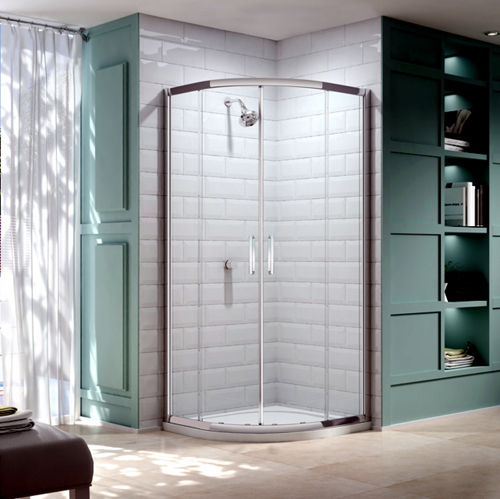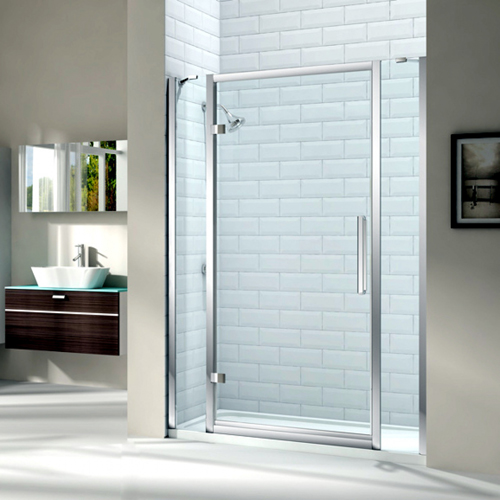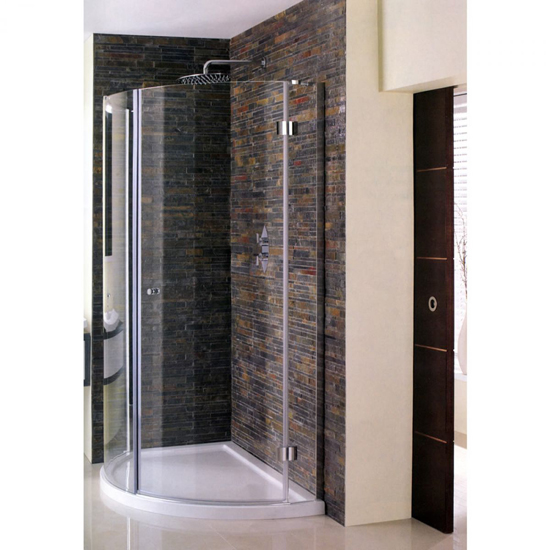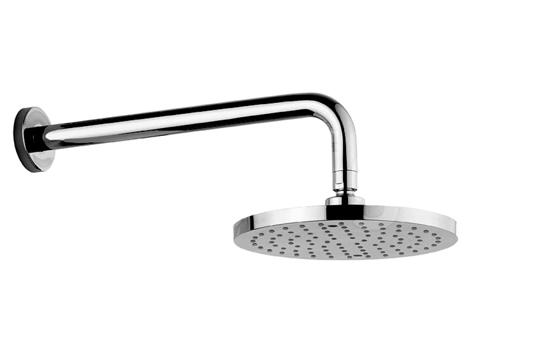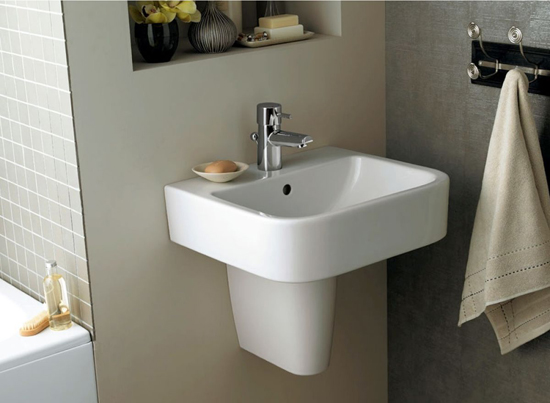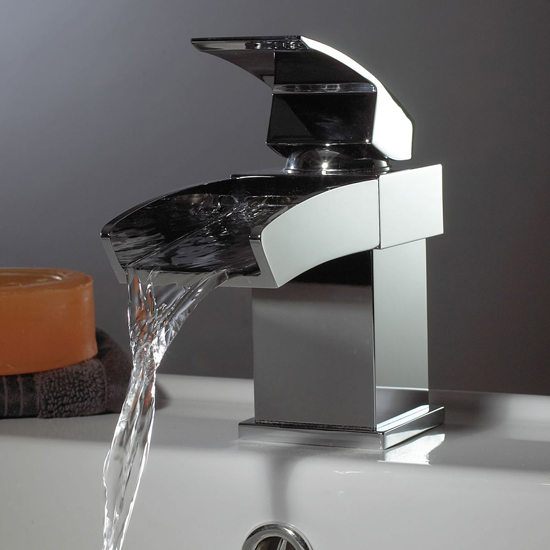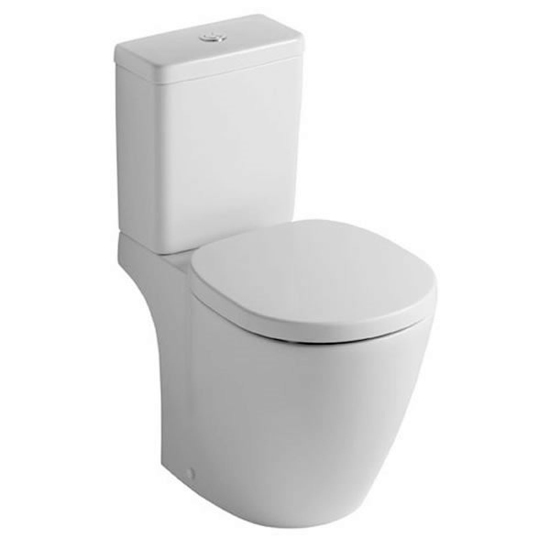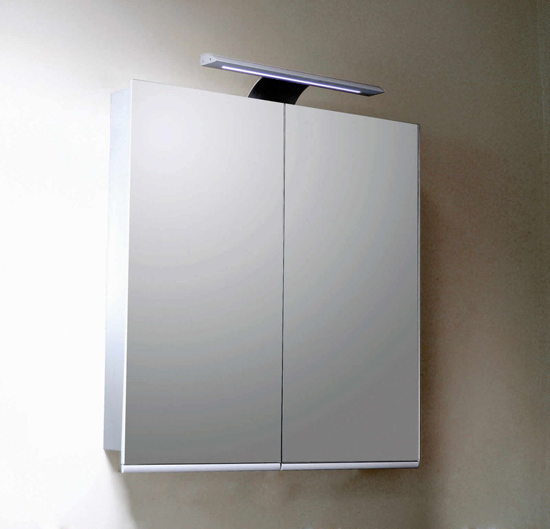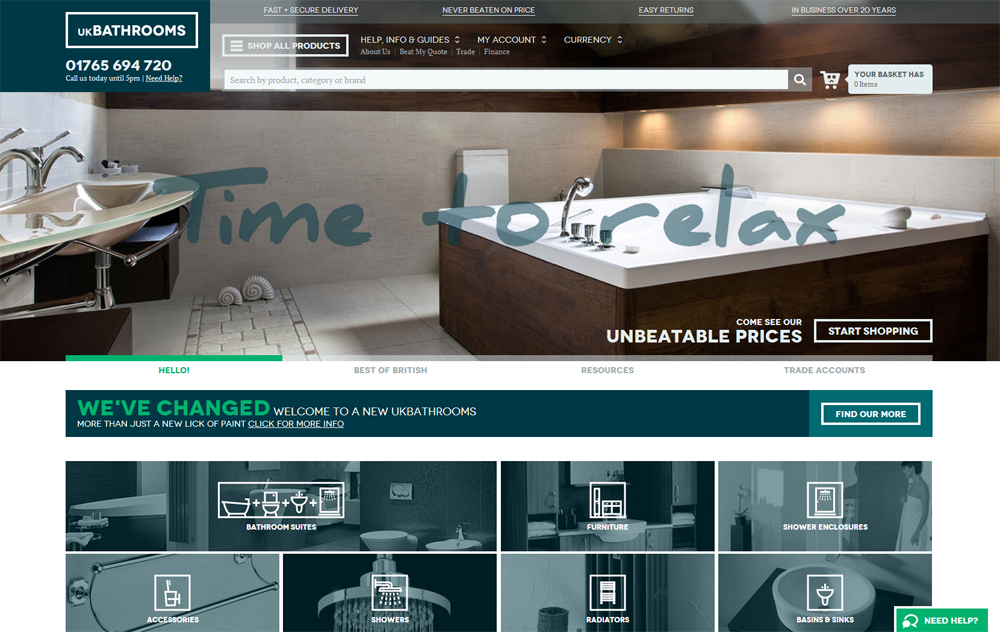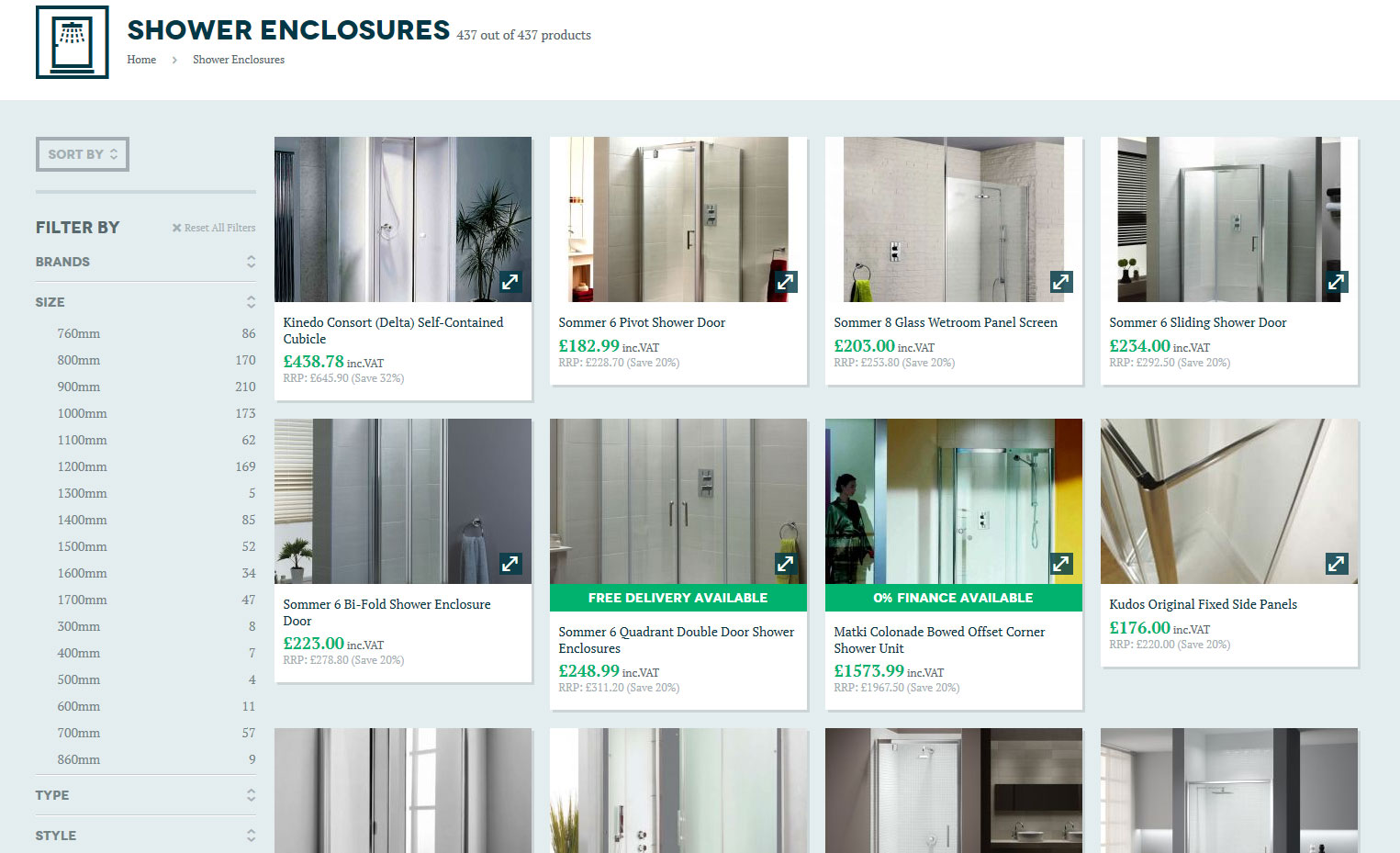Bathrooms through the ages part 7 – The Victorian Era
In part 7 of our look into Bathrooms through the ages, we are looking at the Victorian era and their bathroom habits. Most houses built during the Victorian era featured non-flushing toilets or ‘privies’ often located at the end of the garden or street.
The Victorians developed and built a network of sewer systems to improve hygiene in major cities, and although early wall mounted water cisterns improved things, early waste pipes allowed the smelly sewer gas into the house and the idea never caught on.
It wasn’t until 1891, when Thomas Crapper patented a new valve and siphon system which eliminated smells coming from the sewers that well-to-do Victorian houses started to have inside water closets fitted. Toilet paper had been on sale in the US since 1857, but for the majority of people it was expensive and regarded as a luxury. Many families during the Victorian era and into the early 20th Century used torn up pieces of newspaper instead.
Up until the late 19th Century, the bath was made of copper or tin and was portable meaning that there was no plumbing attached to it; the bath was often used in the kitchen or the bedroom. The poor would collect water from the local water pump and heat it on the fire, while the wealthy would have a purpose built gas water heaters that the servants would use to fill the bath up with.
Once indoor plumbing and gas water heaters became more accessible to the middle classes there became a need for a dedicated space in the house for the bath as it was no longer portable, leading to the first bathrooms to be built. By the end of the Victorian era, bathrooms became a standard feature in most newly built houses.
Make-up on women was largely frowned upon during the Victorian era, with many believing that women that wore make-up were prostitutes, so limited use of cosmetics was the rule for most women.
Women often used pastes to smooth their complexions and to make their skin paler, a sign that they did not work in the fields. Cosmetic products would have been purchased from the local pharmacist, from doctors, or if you were wealthy imported from abroad.
Victorian women often used arsenic to improve their complexion too. This was mixed with vinegar and chalk; it was often eaten or rubbed on the face and arms to improve the skin.
Thomas Edison invented the first commercially viable incandescent lightbulb and was first publically demonstrated on December 31st 1879 in Menlo Park, New Jersey. Many of the incandescent electric lamps that had been invented before were impractical and suffered from short lifespans, were expensive to produce and drew a high electric current.
During the first public demonstration of his incandescent lightbulb Edison famously said, “We will make electricity so cheap that only the rich will burn candles.”
